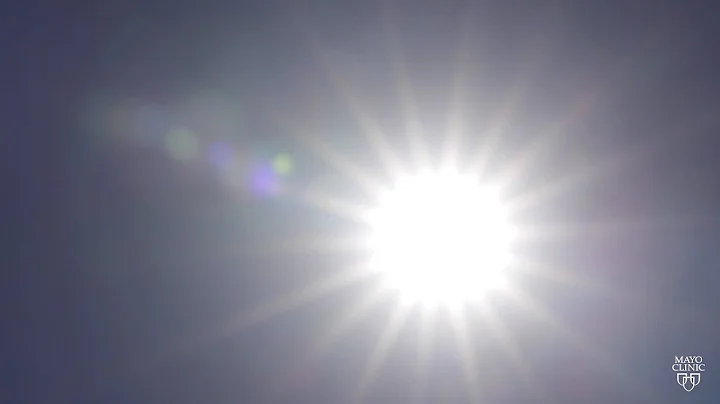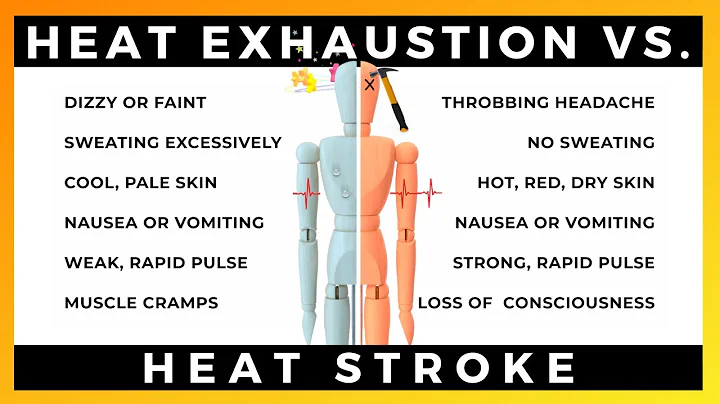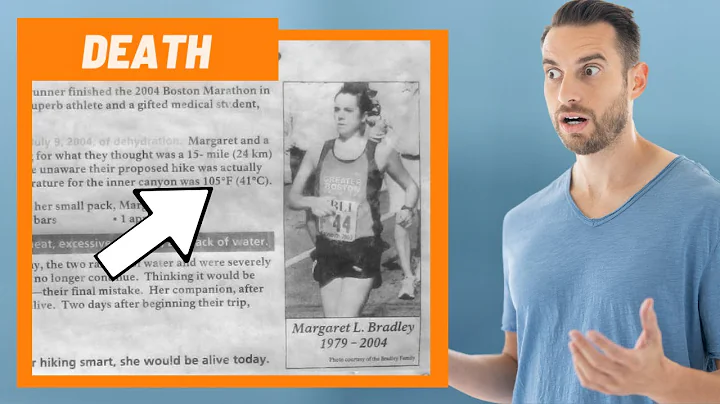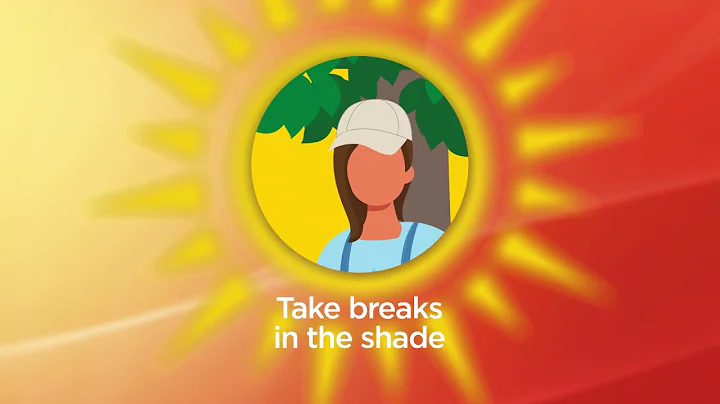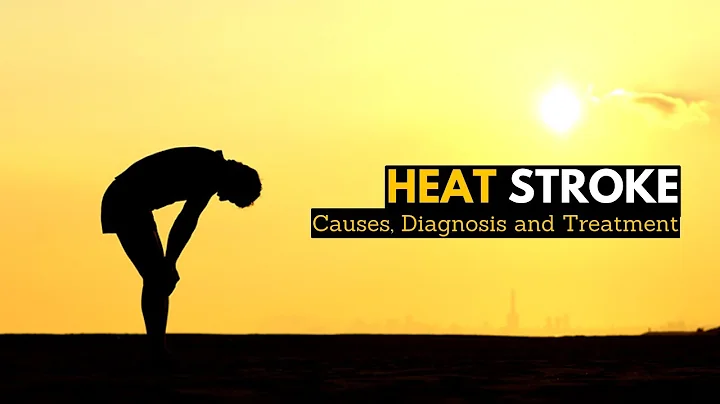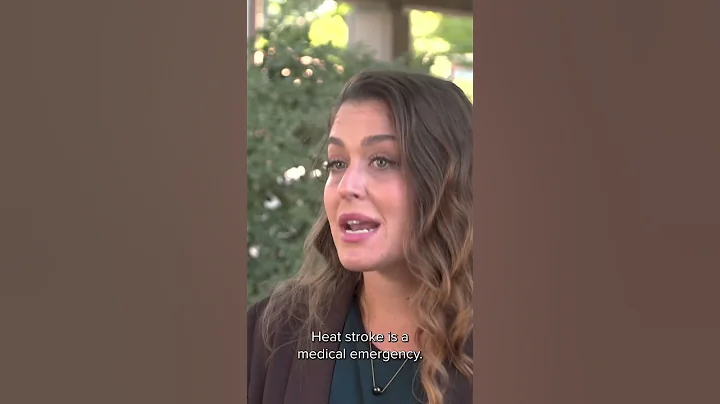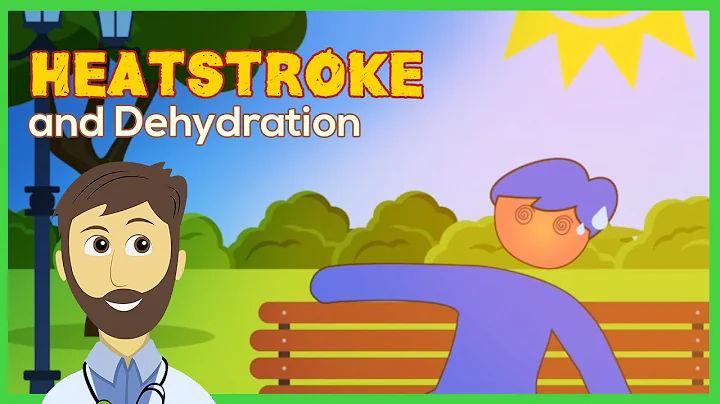The body's regulatory function is imbalanced, and heat production is greater than heat dissipation, resulting in a rapid increase in core temperature exceeding 40°C, a serious and fatal disease accompanied by skin burning, disturbance of consciousness (such as delirium, convulsions, and coma) and multiple organ dysfunction. , is the most serious type of heatstroke. Once it occurs, the mortality rate is extremely high. Depending on the cause of the disease and susceptible groups, heat stroke can be divided into exertional heat stroke and non-exertional heat stroke (also known as classic heat stroke). 2. Why do you get heat stroke?
Climate factors of high temperature and humidity and high-intensity physical activity are the main risk factors for heat stroke.
Classic heat stroke is mainly caused by high temperature and/or high humidity environmental factors, usually without strenuous physical activity. Exertional heat stroke is mainly caused by the imbalance of heat production and heat dissipation in the body caused by high-intensity physical activity.
3. What are the common symptoms of heat stroke?
The common symptoms of heat stroke are:
1. Increased body temperature: Increased body temperature is the main feature of heat stroke. The core body temperature of patients is usually above 40°C.
2, Central nervous system symptoms: Central nervous system dysfunction is the main feature of heat stroke. Severe damage can occur in the early stage, manifesting as: delirium, lethargy, epilepsy, coma, etc.; other nervous system may also occur. Abnormal manifestations include strange behavior, hallucinations, opisthotonus, decerebrate rigidity, etc. Some patients may have long-term central nervous system damage in the later stage, mainly manifested as inattention, memory loss, cognitive impairment, , language impairment, ataxia, etc.
3. Other symptoms: headache, nausea, skin redness, increased skin temperature, shortness of breath, accelerated heart rate, muscle spasm or weakness.
4. How to deal with first aid at the scene
Heat stroke can be life-threatening. While trying to cool down the patient, other people around should help dial the emergency number .
1. Move the patient to a cool place.
2. No matter what method is used, cool the patient quickly. For example, soak the patient in cold water in the bathtub; place the patient under a cold shower; spray the patient with cold water from watering plants; wipe the patient's body with cold water; apply cold wet towels or ice packs to the head, armpits and thighs; When the weather is dry, wrap the patient in a sheet or clothes soaked in cold water and blow hard with a fan.
3. People with heat stroke may have involuntary muscle twitches. When encountering this situation, it is important to prevent the patient from harming himself. Do not put anything in the patient's mouth and do not attempt to give the patient water. If the patient vomits, turn the patient's body to lie on his side to ensure that his respiratory tract is unobstructed and avoid aspiration of and .
5. What situations require timely medical treatment?
If the following conditions occur, you should seek medical treatment in time:
1. If the body temperature continues to rise, or even exceeds 40°C, you should seek medical treatment in time.
2. Headache: If you have a persistent headache in a high temperature environment or after heavy physical labor, you should go to the hospital for medical treatment in time.
3. Muscle spasm: If the muscles of the whole body, especially the limbs, twitch involuntarily in a high temperature environment or after heavy physical labor, you should seek medical attention in time.
4. Shallow and fast breathing: The breathing speed is accelerated, exceeding 20 times/min, and the inhalation and expiration volume is small. You should seek medical treatment in time.
5. Nausea: If you feel like vomiting but can't vomit it out, you should seek medical treatment in time.
Patients who find the following conditions should be sent to the doctor immediately or call 120 for help:
1. Coma: loss of consciousness, slow or no response to external stimulation;
2. Extreme weakness: feeling without any strength and almost unable to move;
3. Confusion: unable to accurately perceive people or things around you, such as not knowing where you are or what other people are saying;
4. Delirium: confusion , gibbering;
5. Epilepsy: involuntary muscles throughout the body twitching, unconscious, and unresponsive to external stimuli.
6. Prevention first, early detection and early treatment
The key to reducing the mortality rate of heat stroke lies in prevention. The most effective preventive measures are to avoid high temperature (high humidity) and unventilated environments, reduce and avoid risk factors for heatstroke, ensure adequate rest time, and avoid dehydration, thereby reducing the incidence and mortality of heat stroke.
(Original title: Regarding heat stroke, the National Health Commission’s authoritative answer is here)
Source: Beijing Daily Client | Intern reporter Chai Rong
Process editor: u099

